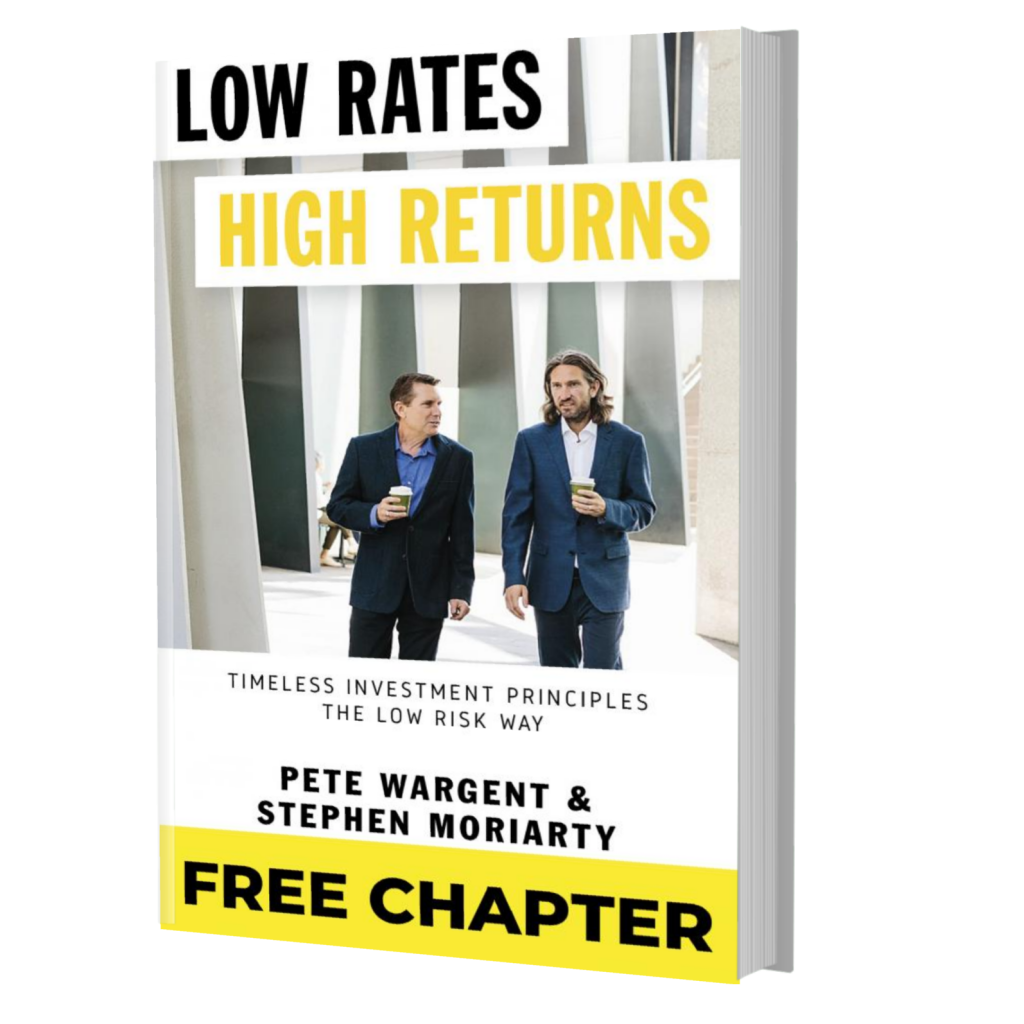Lockdown exodus
Through 2021 there was a mass exodus from America’s major Democrat stronghold states, including California (-367, 299), New York (-352,185), and Illinois (-122,460), as well as from Massachusetts, New Jersey, and others.
According to U.S. Census Bureau estimates, the district population of Washington D.C. declined by -2.9 per cent, which was the largest percentage decrease in the nation.

There were, on the other hand, substantial corresponding gains in the Sunshine State of Florida (+220,890), Texas (+170,307), and Arizona (93,026), as well as North and South Carolina, Tennessee, and Georgia.
Meanwhile, the greatest percentage increase was seen in Idaho (+2.9 per cent).
Home prices surged in these red states, perhaps unsurprisingly, as pandemic migration saw a dramatic exodus from the blue states with the most heavily locked down economies and schools.
Sunshine States draw a crowd
Australia often seems to mirror U.S. trends, and a reported world record exceeding 260 long days of lockdown saw the population of Victoria decline by -44,699 over the year to June 2021.
In this instance, the main beneficiary was Australia’s own Sunshine State, Queensland, where the strongest net interstate migration since 2005 saw a corresponding population increase of +45,295 over the financial year.

Internally, there also been a shift away from the high-density and high-rise towers of the inner cities, in a so-termed ‘race for space’.
Until the onset of the pandemic, Melbourne had been the fastest growing city in the country, and strong growth is widely expected to resume later in 2022.
In a similar vein, it’s often said that New York has time and again demonstrated its ability to rebound, so we shouldn’t be too quick to write it off.
This makes intuitive sense; but how can we measure the resilience of cities?
Measuring resilience
If you were to ask the pointy-heads at the OECD, they’d tell you that a resilient city is once which has the capability to prepare for and absorb future shocks (economic, environmental, social, and institutional).

The diversity point is an important one, allowing flexible businesses and employees to pivot away from declining industries, and into growth opportunities and sectors.
By way of an opposite example, I was born in a city and region which was heavily exposed to the decline of its major heavy industry, whereupon the working population declined sharply, and it’s not a healthy dynamic.
The U.S. has its own better-known examples, such as the collapse of the Detroit population by two-thirds from a peak of 1.85 million to an estimated 637,000 in 2021, in sympathy with the decline of its automobile industry.

Increasingly, environmentalists highlight “unsustainable cities” as being those without the resources to sustain the needs of its inhabitants (Rio de Janeiro, Lahore, Kolkata, Jakarta, etc.), while flagging risks from rising sea levels, or natural disasters such as earthquakes, landslides, and other factors.
We could potentially analyse the metropolises – like New York – which have repeatedly bounced back from major setbacks and challenges, to calculate what factors might have contributed to the success of those cities.
A problem with that approach, though, could be the inherent survivorship bias in the sample (as Taleb would no doubt counter: what about the once-great civilisations or cities which failed or were destroyed (Carthage, Byzantium, etc.)?
Migration and resilience
Some years back, I visited the huge and ancient city of Athens, in the aftermath of the global financial crisis.

It was immediately evident from the graffiti and empty shops that the recession had hit the country very hard.
And with a toxic combination of a brain drain and a low fertility rate, for the first time in its history the huge population of Athens is now continually both ageing and decreasing.

The ageing of the population is a challenge now facing many developed countries.
In the case of Athens this has been compounded by so many of its skilled residents leaving, to seek a career or gainful employment elsewhere during and in the years following the recession.
It has been calculated that the population of Greece could even halve over the coming half-century if nothing is done to halt the malaise.
The importance of migration
There’s an old saying “if you’re not growing, you’re dying”, and there’s something in this line of thought when it comes to thriving cities and economies.
Incumbent residents tend to complain with some justification about the challenges associated with population growth, such as noise, congestion, crowded schools, and creaking infrastructure.
Yet younger skilled migrants can help to boost Australia’s participation rate and GDP per capita, in turn paying taxes for decades (the ‘fiscal dividend’), while slowing the ageing of the population and improving the dependency ratio.
KPMG reported this week that Australia’s migration cap stifles its economy, and that net migration should now be ramped up to 350,000 per annum to boost growth in a Big Australia.
It’s not yet clear how such a report will be received in an election year, but Australia’s ability or otherwise to attract the best and brightest young minds could be the most critical factor for the coming decades.
This will mean ensuring a quality of life to attract the availability of skilled workers and retain high-wage services jobs, while integrating lower-skilled workers into the economy.
Australian cities tend to pepper the “world’s most liveable” lists – Sydney, Brisbane, and Adelaide all made the top 10 in 2021, while Melbourne was ranked #1 until the onset of the pandemic.
So the raw materials are there.
My best guess? I think Australia will do just fine.






